Just back from seeing “Milk” at the Castro, the big biopic on first gay supervisor Harvey Milk in San Francisco. I got to San Francisco at the beginning of 1978 so I lived through a bit of the time the movie represents. Unlike every person I spoke to, I did not love Milk. I found it shallow and Hollywood, and kept thinking how much better the documentary “The Times of Harvey Milk” is. In fact, there are a few overlapping scenes and the doc is way stronger. Sean Penn is good, but didn’t blow me away. The complete lack of females in the film is really stunning (the one exception: the woman playing campaign manager Anne Kronenberg; there was also a 2-second view of the black female supervisor as she casts a vote). The possibility of exploring the awkward but real alliances made in that era between men and women would have really added a lot of depth to this. As it is portrayed, it’s practically a 100% male “movement”, but in reality this was the same time that Valencia Street had two lesbian bars, a women’s bookstore, Good Vibrations, and several other gynocentric businesses, similar if not as overwhelming as the Castro’s sudden colonization by gay men.
History is constantly distorted of course. Hollywood is particularly egregious at the rewriting of history, and while Milk does some good things, overall I felt it was a serious flattening of a very complex and interesting time in history, to its own detriment as a film. Oh well. Don’t expect much from fantasy factory in Hollywood.
Another interesting lens on history are the monuments and plaques that disappear in plain view all around. On our way back from Thanksgiving we took the north shore of Clear Lake, a place that is deeply haunted by a brutal massacre in 1850. Here’s one of two plaques commemorating it:
In reality there wasn’t any battle, but a brutal massacre. Two former trappers who had abused a band of starving, semi-enslaved Pomo Indians, were murdered by the Indians they were tormenting. The Indians fled to what became known as Bloody Island in Clear Lake (today it is a landlocked hill along the north shore), where in April, 1850 U.S. troops came and slaughtered the entire population of the island, bayoneting dozens of women and infants (a very graphic account of this was told by Chief William Benson, who was born 12 years after the event, find it in Gray Brechin and Robert Dawson’s “Farewell, Promised Land“). The plaque above was installed in 1942 by the “Native Sons of the Golden West,” a blatant misrepresentation of what had happened. Later, the California state gov’t. had to make an effort to more accurately represent the events of 1850, so they installed this plaque out on the road:
Adriana and I had a nice journey along the shore of Clear Lake. My only previous experience had been an attempt to visit the lake back around 1970 with my parents. We arrived in a dense downpour and never saw a thing. Here’s a shot looking south from the northeast shore:
We headed over Mt. St. Helena and into the Napa Valley where we had a nice dose of autumn colors.
As it was Adriana’s birthday, we stopped off for some wine tasting.
A couple of days later, on Nov. 30, it was the anniversary of Seattle/WTO (you can check out the growing collection of memoirs and historical accounts here, and you can start plugging in to the “next Seattle” which will be in Copenhagen in November 2009 here. But I didn’t spend a lot of time on that. Instead I took my chance for a last ride up Twin Peaks in November and got a few shots I liked:
I’m enjoying the years-long trips to the summit of Twin Peaks. I’ve been taking similar photos for almost four years now and it’s fun to compare the scenes in terms of weather, clarity, light, etc. And the dynamic biozone of the hilltop is pretty impressive too, with ever changing flora and bird and insect life. Another type of history, the slow accretion of views over time…

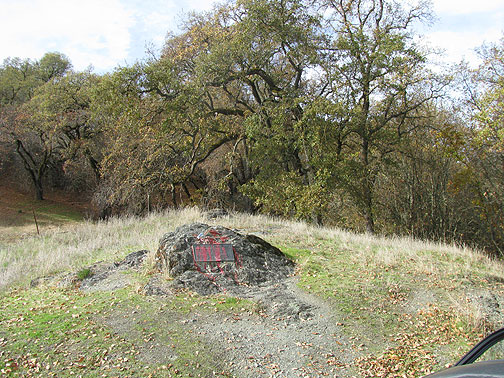
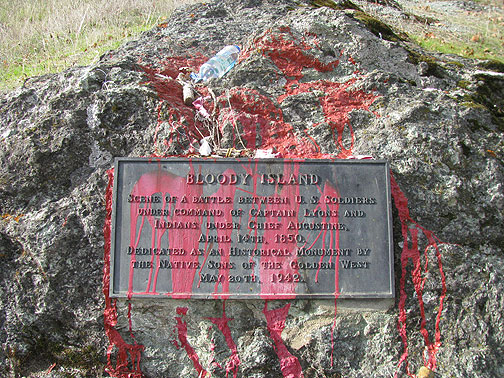
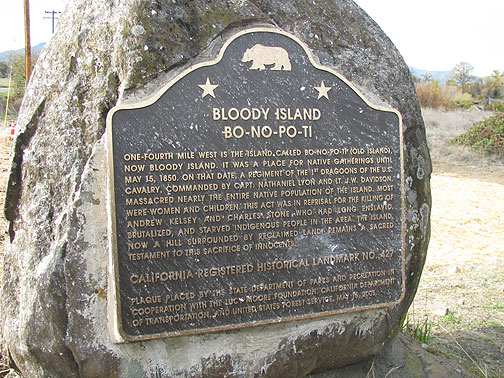
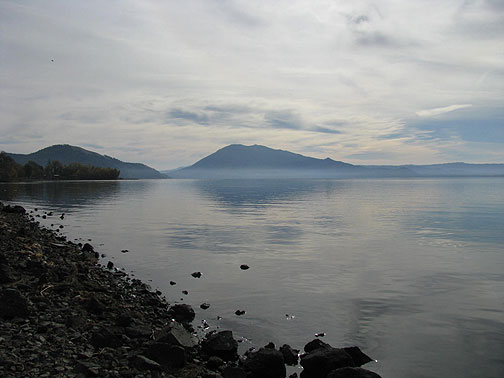
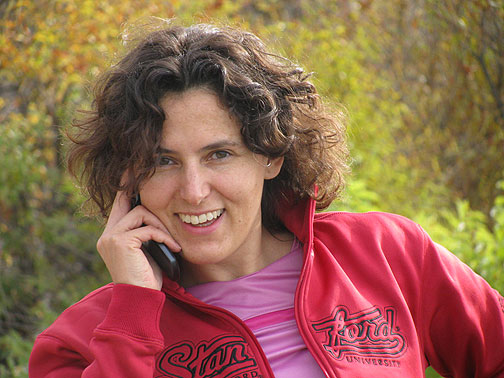
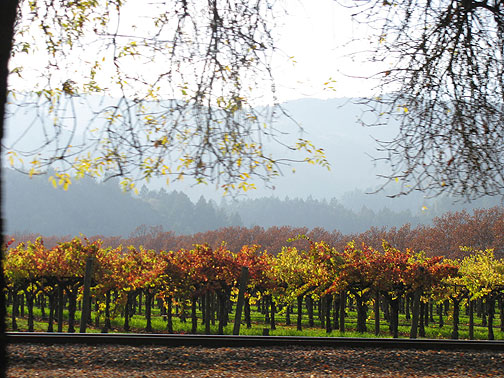
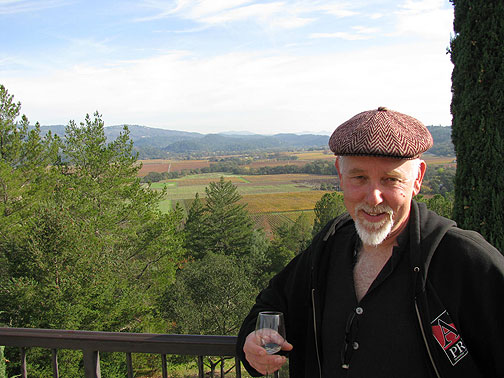
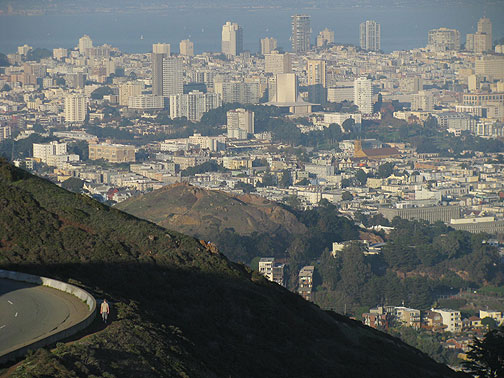
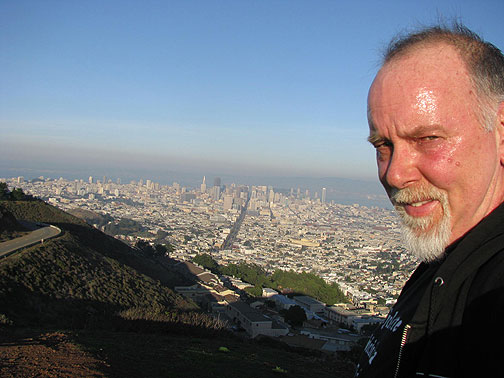

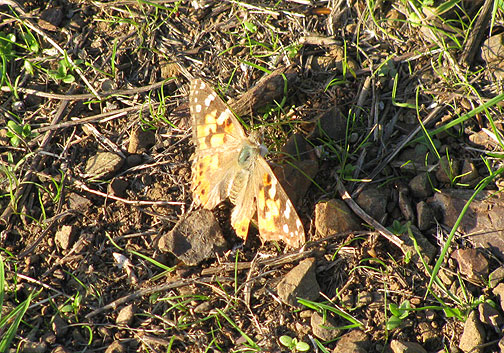











Leave a Reply